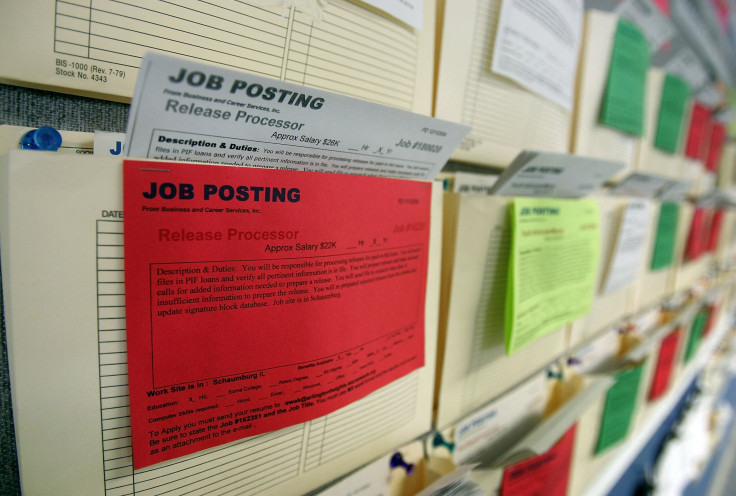Which Job Industries Have The Most Growth? What The Latest Jobs Report Tells Us

While the Bureau of Labor Statistics’ September jobs report offered yet again an economic outlook best described as “meh,” the growth reported in different sectors of the economy tells a different story.
A closer look at BLS data over the past 12 months tells us which parts of the U.S. economy are humming along, and which areas are sagging—in other words, where you should look for a job, and where you shouldn’t.
The fastest-growing sector, education and health services, saw average growth of more than 50,000 jobs per month between October 2015 and last September. It was followed by professional and business services, with an average of more than 47,000 jobs added per month, and leisure and hospitality, with nearly 32,000 added per month.
“The healthcare sector is predicted to be an outsize contributor to job growth for the next decade,” Mark Hamrick, senior economic analyst at the consumer financial services company Bankrate, told International Business Times. He cited an aging population and longer lifespans in the U.S. as key drivers of the boom. As for what’s fueling the growth in education-related jobs, Hamrick noted, “We have more people going to school than ever before.”
In what may not come as much of a surprise, the mining and logging sectors showed dismal job numbers over the past year, with an average of more than 8,000 jobs lost per month. The coal industry, in particular, has taken a beating from the rapidly evolving energy sector. Just last January, Interior Secretary Sally Jewell announced that her department halted issuing of new public land leases for coal mining.
Some highly volatile sectors included manufacturing, which saw average monthly job growth of around -3,000 with losses of up to 29,000 jobs and expansions of up to 23,000 jobs over the past year. Retail trade, another industry with many ups and downs since October 2015, fared a bit better, with an average of more than 24,000 jobs added per month.
“Retail will continue to see a lot of disruption, as your brick-and-mortar stores will lose jobs, but online is growing,” Hamrick said.
The information sector, which also had a rather volatile year in terms of job growth, will also continue to face disruption, he added, as “legacy enterprises,” such as big newspapers and other media organizations, are forced to change their business models to adjust to changing technologies.
© Copyright IBTimes 2025. All rights reserved.






















